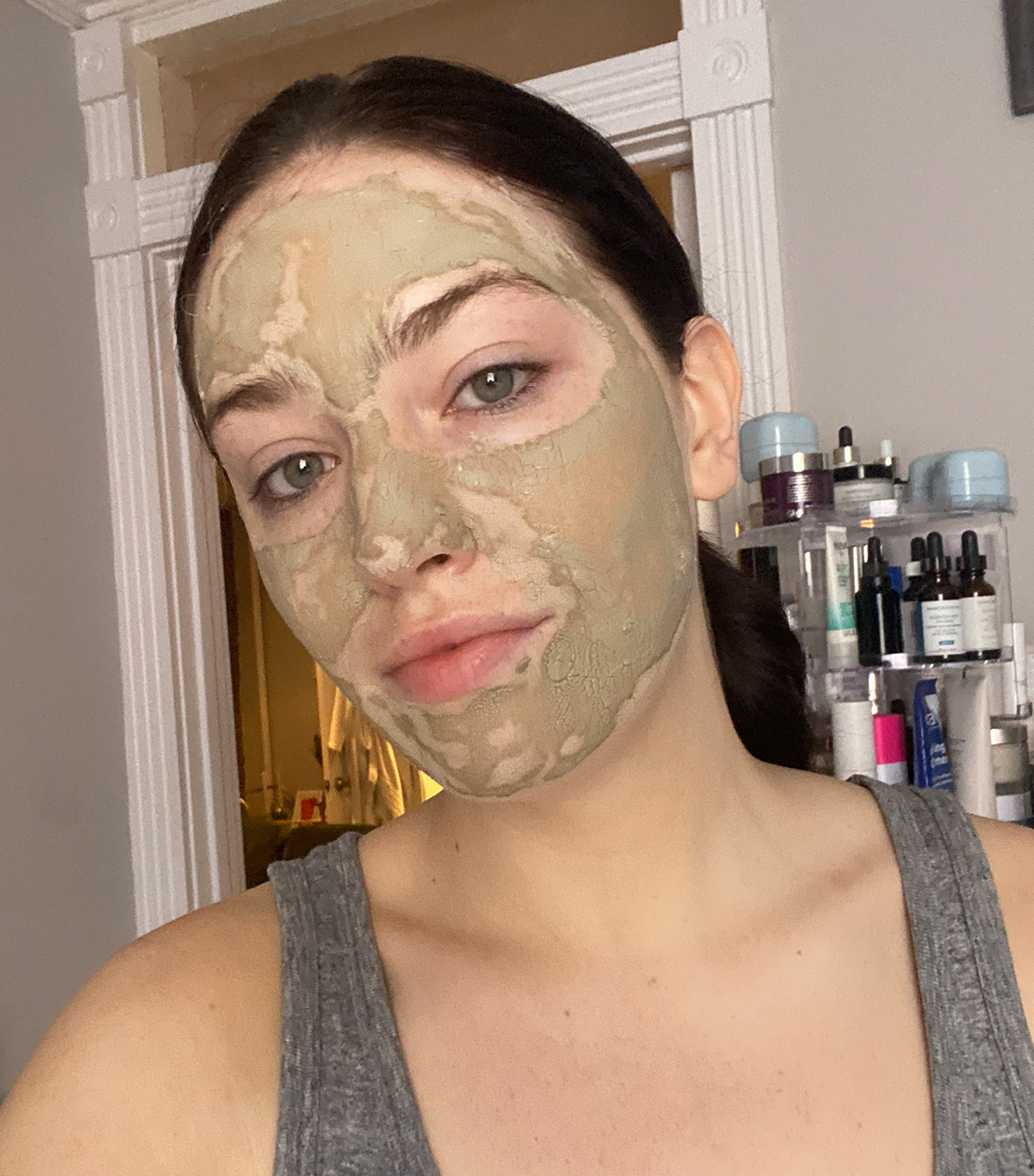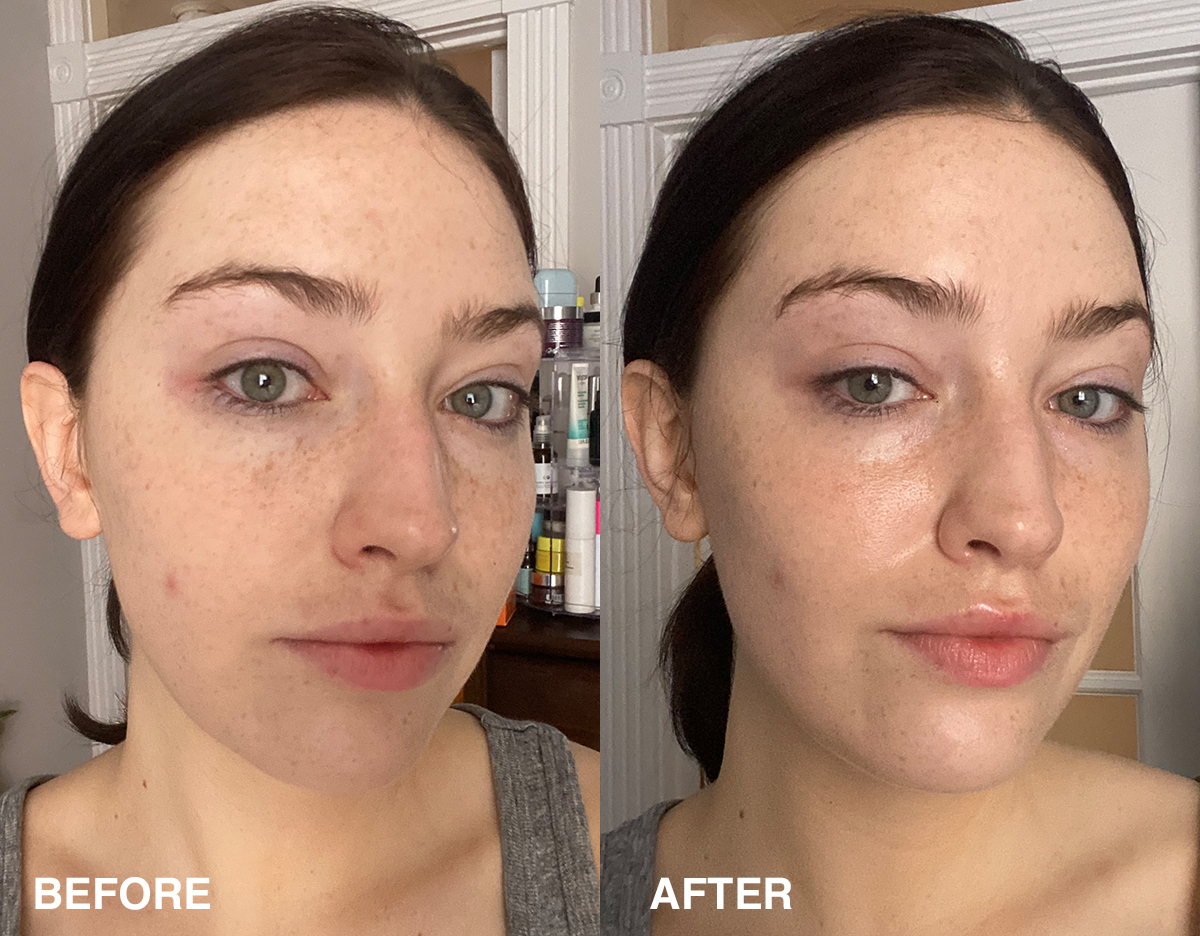Clay Face Masks: The Ultimate Guide To Radiant And Healthy Skin
Clay face masks have long been celebrated as a powerful skincare tool for achieving flawless and glowing skin. From ancient civilizations to modern beauty enthusiasts, the benefits of clay masks continue to captivate users worldwide. These natural remedies are packed with essential minerals that cleanse, detoxify, and rejuvenate the skin. Whether you're dealing with oily skin, acne, or simply aiming to improve your complexion, clay face masks offer a solution tailored to your needs.
In this comprehensive guide, we will delve into the world of clay face masks, exploring their benefits, types, application techniques, and more. By the end of this article, you'll have a deeper understanding of why clay masks are a must-have in your skincare routine and how to use them effectively for optimal results.
As skincare enthusiasts continue to seek natural and effective solutions for their skin concerns, clay face masks stand out as a trusted option. Backed by scientific research and centuries of use, these masks not only enhance skin health but also promote overall well-being. Let's dive in and discover everything you need to know about clay face masks!
Read also:Glen Powells Girlfriend A Comprehensive Guide To His Love Life
Table of Contents
- The History and Origin of Clay Face Masks
- Top Benefits of Using Clay Face Masks
- Different Types of Clay Face Masks
- Key Ingredients Found in Clay Masks
- How to Apply Clay Face Masks Correctly
- How Often Should You Use Clay Face Masks?
- DIY Clay Face Mask Recipes
- Best Store-Bought Clay Face Masks
- Tips for Maximizing Clay Mask Benefits
- Conclusion: Why Clay Face Masks Are a Skincare Essential
The History and Origin of Clay Face Masks
Clay face masks have a rich history that dates back thousands of years. Ancient civilizations, such as the Egyptians and Chinese, recognized the healing properties of clay and used it for various purposes, including skincare. The Egyptians, in particular, were known for their beauty rituals, where they utilized clay to cleanse and purify their skin. Similarly, traditional Chinese medicine incorporated clay into treatments designed to balance the skin's natural energy.
In modern times, the popularity of clay masks has surged, thanks to advancements in skincare science and an increased focus on natural ingredients. Today, clay face masks are formulated with advanced technology, ensuring they deliver both traditional and innovative benefits. From detoxifying the skin to reducing inflammation, clay masks continue to evolve while maintaining their core appeal.
Why Clay Masks Remain Relevant Today
The enduring popularity of clay masks can be attributed to their versatility and effectiveness. Unlike many other skincare products, clay masks are suitable for a wide range of skin types and concerns. Whether you're battling acne, hyperpigmentation, or dullness, there's a clay mask formulation designed to address your specific needs.
Top Benefits of Using Clay Face Masks
Clay face masks offer a multitude of benefits that make them an indispensable part of any skincare routine. Below are some of the most notable advantages:
- Deep Cleansing: Clay masks effectively draw out impurities and toxins from the skin, leaving it feeling refreshed and clean.
- Oil Control: They help regulate sebum production, making them ideal for individuals with oily or combination skin.
- Acne Reduction: Clay masks possess antibacterial properties that combat acne-causing bacteria, reducing breakouts.
- Improved Texture: Regular use can lead to smoother, softer skin by exfoliating dead skin cells.
- Detoxification: These masks remove environmental pollutants that can clog pores and dull the complexion.
By incorporating clay face masks into your skincare regimen, you can enjoy healthier, more radiant skin in the long run.
Different Types of Clay Face Masks
Not all clay masks are created equal. Different types of clay offer unique benefits, catering to various skin types and concerns. Below are some of the most popular varieties:
Read also:Jesiree Dizon Kids A Comprehensive Guide To Family Life Parenting And Influence
Bentonite Clay
Bentonite clay is renowned for its powerful detoxifying properties. It effectively draws out toxins and impurities, making it ideal for individuals with oily or acne-prone skin. Bentonite clay also helps tighten pores and improve skin elasticity.
French Green Clay
French green clay is rich in minerals like iron oxide and magnesium. It's particularly effective at cleansing and revitalizing the skin. This type of clay is suitable for normal to combination skin and can help reduce inflammation.
Kaolin Clay
Kaolin clay is a gentle option for sensitive skin. It provides mild exfoliation and absorbs excess oil without stripping the skin of its natural moisture. Kaolin clay is often used in masks designed for brightening and soothing the skin.
Key Ingredients Found in Clay Masks
In addition to the primary clay component, many clay masks include complementary ingredients that enhance their efficacy. Some common additives include:
- Aloe Vera: Provides hydration and soothes irritated skin.
- Tea Tree Oil: Offers antibacterial and anti-inflammatory benefits.
- Vitamin C: Brightens the complexion and promotes collagen production.
- Chamomile Extract: Calms and soothes the skin, reducing redness.
These ingredients work synergistically with clay to deliver comprehensive skincare benefits.
How to Apply Clay Face Masks Correctly
Proper application is key to maximizing the benefits of clay face masks. Follow these steps for best results:
- Cleanse your face thoroughly to remove dirt and makeup.
- Steam your face for a few minutes to open up your pores.
- Apply the clay mask evenly across your face, avoiding the eye area.
- Leave the mask on for 10-15 minutes or until it dries completely.
- Rinse off the mask with lukewarm water, then pat your face dry.
- Follow up with a moisturizer to lock in hydration.
By adhering to this process, you can ensure that your clay mask works effectively without causing irritation.
How Often Should You Use Clay Face Masks?
The frequency of clay mask use depends on your skin type and specific concerns. As a general guideline:
- Oily Skin: Use clay masks 2-3 times per week to control oil production.
- Normal Skin: Apply once a week for maintenance and rejuvenation.
- Dry or Sensitive Skin: Limit usage to once every two weeks to avoid over-drying.
Always listen to your skin and adjust the frequency based on its response to the mask.
DIY Clay Face Mask Recipes
Creating your own clay face mask at home is a fun and cost-effective way to enjoy its benefits. Here are two simple recipes:
Acne-Fighting Clay Mask
Ingredients:
- 1 tablespoon bentonite clay
- 1 teaspoon tea tree oil
- 2 tablespoons water
Instructions:
- Mix the bentonite clay with water until a smooth paste forms.
- Add the tea tree oil and stir well.
- Apply the mask to your face and let it sit for 10-15 minutes.
- Rinse off with warm water and moisturize.
Hydrating Clay Mask
Ingredients:
- 1 tablespoon kaolin clay
- 1 teaspoon aloe vera gel
- 1 teaspoon honey
Instructions:
- Combine the kaolin clay with aloe vera gel and honey.
- Mix until the ingredients form a cohesive paste.
- Apply the mask and leave it on for 10 minutes.
- Gently rinse off and follow with your usual skincare routine.
Best Store-Bought Clay Face Masks
For those who prefer ready-made options, here are some of the best store-bought clay face masks:
- GlamGlow Supermud Clearing Treatment: A powerful mask for deep cleansing and acne reduction.
- Origins Clear Improvement Active Charcoal Mask: Combines clay and charcoal for detoxifying benefits.
- L'Oréal Paris Pure Clay Mask: Affordable and effective, available in multiple formulations.
These products are formulated with high-quality ingredients and are widely praised by skincare experts and enthusiasts alike.
Tips for Maximizing Clay Mask Benefits
To get the most out of your clay mask experience, consider the following tips:
- Always perform a patch test before using a new mask to check for allergic reactions.
- Moisten your skin slightly before application to prevent excessive drying.
- Use a fan brush for even application and to avoid direct contact with your fingers.
- Follow up with a hydrating serum or moisturizer to restore balance to your skin.
By incorporating these practices, you can enhance the effectiveness of your clay mask routine.
Conclusion: Why Clay Face Masks Are a Skincare Essential
Clay face masks are more than just a trend; they are a proven solution for achieving healthier, more radiant skin. From their deep-cleansing properties to their ability to address specific skin concerns, clay masks offer something for everyone. Whether you choose to make your own masks at home or opt for store-bought options, incorporating clay masks into your skincare routine can yield remarkable results.
We encourage you to try different types of clay masks to find the one that works best for your skin. Don't forget to share your experiences in the comments below and explore other articles on our site for more skincare tips and tricks. Together, let's unlock the secret to glowing, confident skin!


